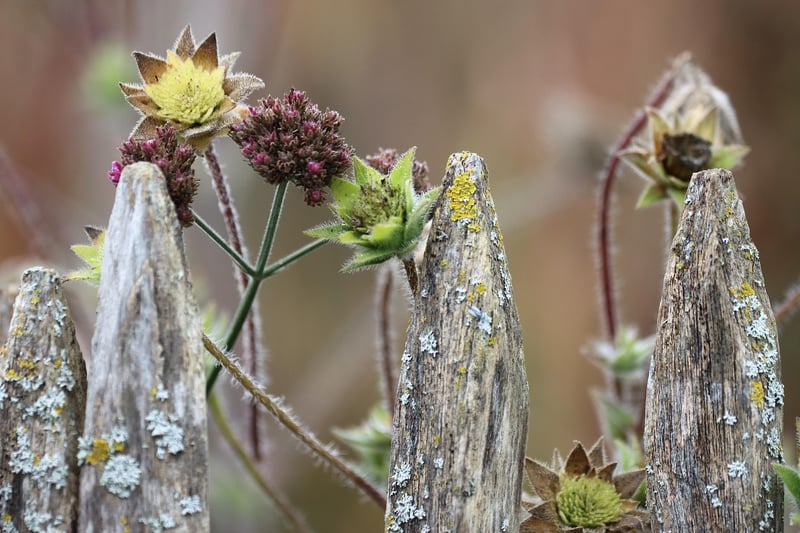Pruning Techniques
Keeping Your Garden Healthy: Essential Pruning Techniques
Having a healthy garden not only enhances the beauty of your outdoor space but also promotes plant growth and vitality. One crucial aspect of garden maintenance is pruning. Proper pruning techniques help ensure that your plants thrive and flourish. Here are some essential pruning tips to keep your garden in top shape:
1. Understand the Basics
Before you start pruning, it's essential to understand the basics. Different plants require different pruning techniques. Some plants need regular pruning to encourage new growth, while others may only need occasional trimming to maintain their shape.
2. Use the Right Tools
Investing in high-quality pruning tools is key to successful pruning. Sharp bypass pruners, pruning shears, loppers, and pruning saws are essential for different types of pruning tasks. Ensure your tools are clean and sharp to make clean cuts that promote plant health.
3. Timing is Key
Knowing when to prune is crucial. Most flowering shrubs are best pruned after they bloom, while winter is an ideal time to prune many deciduous trees. Avoid pruning during extreme weather conditions or when plants are under stress.
4. Remove Dead or Diseased Branches
Dead or diseased branches should be removed promptly to prevent the spread of disease and improve the overall health of the plant. Cut back to healthy tissue using clean pruning tools to avoid further damage.
5. Prune for Shape and Structure
Pruning for shape and structure helps maintain the overall appearance of the plant. Remove crossing or crowded branches to improve air circulation and light penetration, which can prevent diseases and promote healthy growth.
6. Practice Proper Technique
When making cuts, use the proper technique to avoid damaging the plant. Make clean cuts close to the branch collar without leaving stubs. Angle your cuts to promote healing and discourage water accumulation on the cut surface.
7. Monitor Plant Growth
Regularly monitor your plants for growth patterns and adjust your pruning schedule accordingly. Some plants may require more frequent pruning to control growth, while others may need minimal intervention to thrive.
By following these essential pruning techniques, you can keep your garden healthy, vibrant, and flourishing throughout the year. Remember to stay informed about specific plant requirements and adjust your pruning practices accordingly to promote optimal growth and beauty in your garden.

For more gardening tips and advice, visit Royal Horticultural Society.
